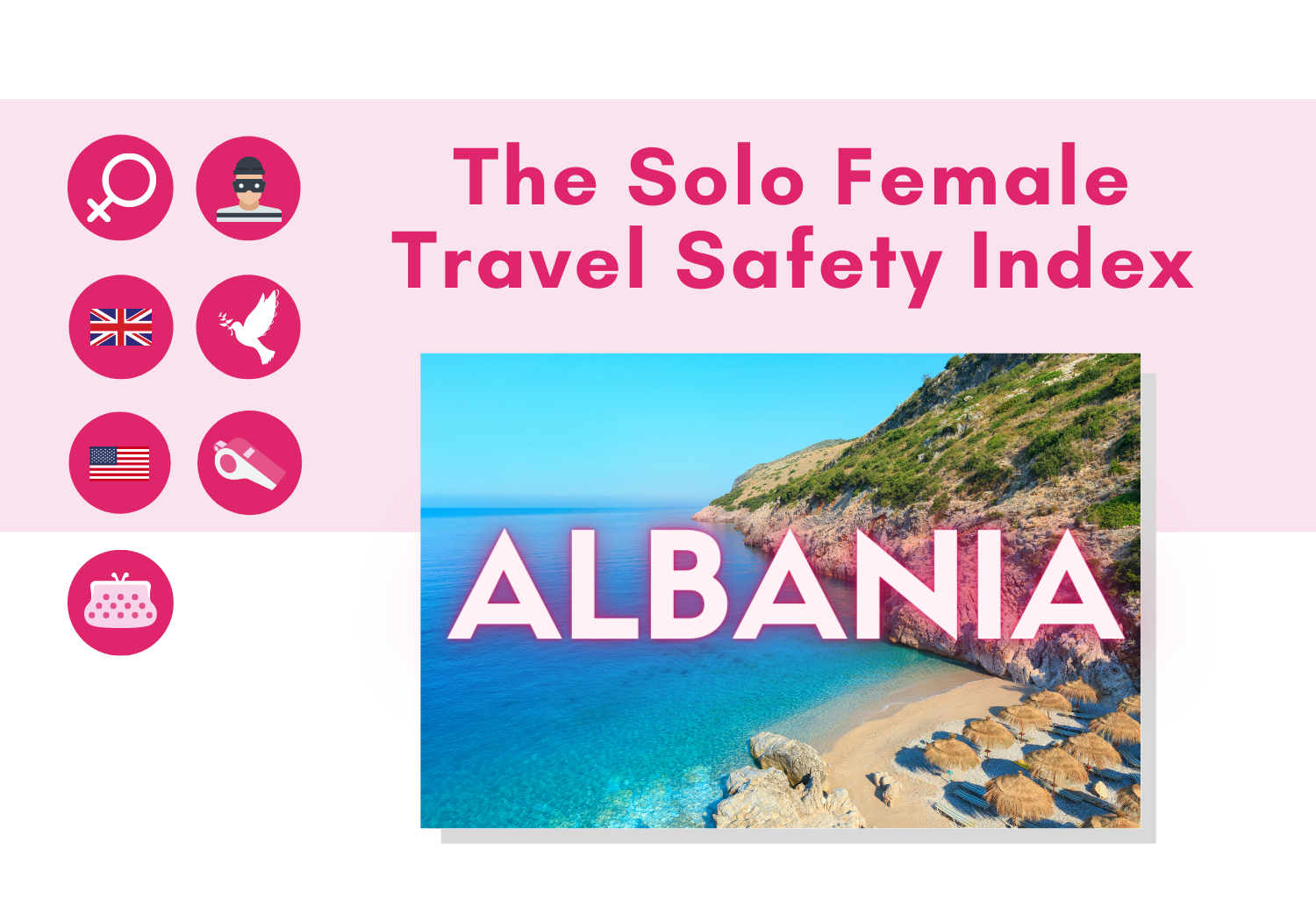This post may contain affiliate links. For full information, please see our disclaimer here and our Privacy Policy here.
Welcome to the Solo Female Travel Safety Tips and Advice page for Albania!
This page is brought to you by Solo Female Travelers Tours, our curated small group trips for women, by women.
On this page you will find first-hand, unbiased, and real safety tips, advice and reviews from women traveling solo, submitted directly from their personal experiences in the country.
Their opinions are unfiltered and submitted independently as part of the Solo Female Travel Safety Index, a ranking of 210 countries and regions based on how safe they are for women traveling solo.
The safety scores range from 1 to 4 with 1 being the safest and 4 being the most dangerous for solo female travelers.
You don’t need to login to read the below reviews. But do sign up or login to share your solo travel experiences, country safety rating and comments.
Jump straight to: Travel Tips | About the Index | Resources I Leave a Review
MAKE A DIFFERENCE – LEAVE YOUR SAFETY REVIEWS!
We can make the world a safer place for women traveling solo together. Sign up to our portal and leave your reviews NOW. Share your experience with other solo female travelers and help us empower more women through travel.
Albania Country data
We have compiled a few data points below that can help you better understand Albania and have more context when thinking about travel safety.
Official country name: Republic of Albania.
Etymology: The English-language country name seems to be derived from the ancient Illyrian tribe of the Albani.
The native name "Shqiperia" is derived from the Albanian word "Shqiponje" ("Eagle") and is popularly interpreted to mean "Land of the Eagles".
Country map
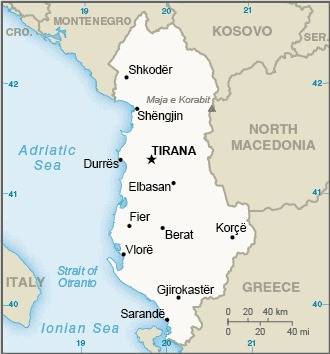
Locator map
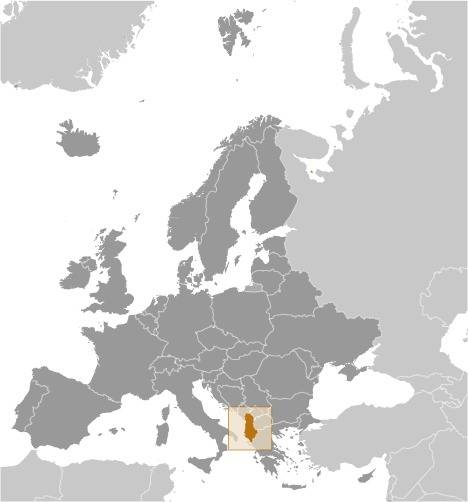
Flag
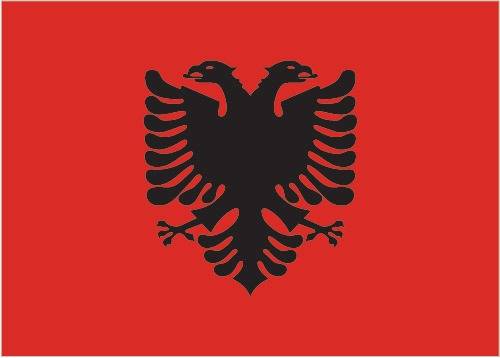
Capital: Tirana.
Independence / foundation: Albania declared its independence from the Ottoman Empire in 1912 but was conquered by Italy in 1939 and occupied by Germany in 1943. Communist partisans took over the country in 1944.
Albania allied itself first with the USSR (until 1960), and then with China (to 1978). In the early 1990s, Albania ended 46 years of isolated communist rule under Enver Hoxha and established a multiparty democracy.
Population: 3 million.
Currency: Albanian Lek (ALL)
1 USD = 94 - 96 ALL
1 EUR = 102 - 104 ALL
Time zone: UTC+1
Languages spoken: Albanian 99% (official - derived from Tosk dialect), Greek <1%, other <1% (including Macedonian, Romani, Vlach, Turkish, Italian, and Serbo-Croatian).
Religions: Muslim 57%, Roman Catholic 10%, Orthodox 7%, atheist 3%, Bektashi (a Sufi order) 2%, other 6%, unspecified 16%.
Climate: Mild temperate; cool, cloudy, wet winters; hot, clear, dry summers; interior is cooler and wetter.
Real GDP (ppp – purchasing power parity): $43 billion.
Real GDP per capita (ppp): $15,500.
Main airports: Tirana International Airport (Nënë Tereza).
World heritage sites in Albania
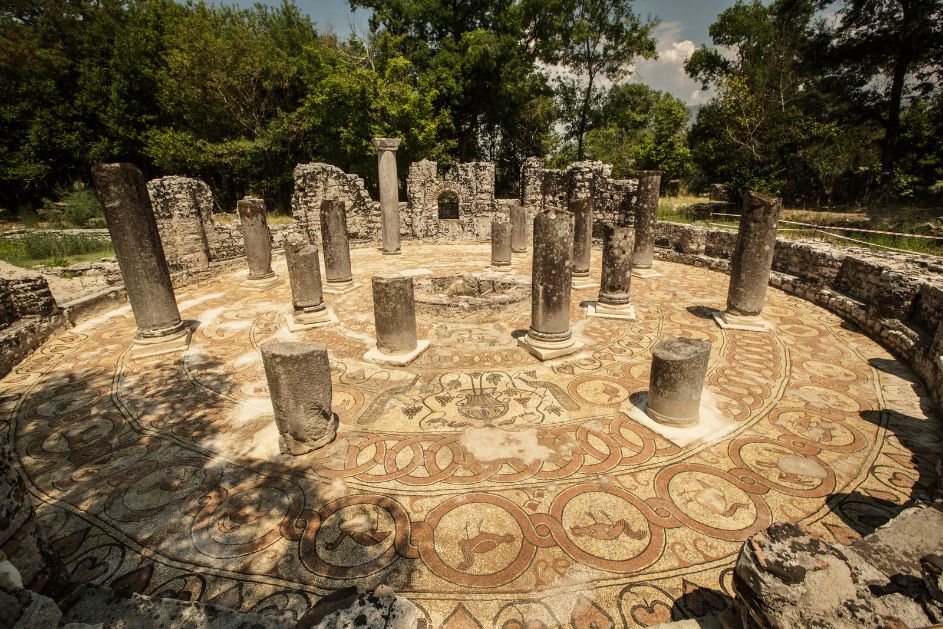


There are over 1,100 world heritage sites spread across more than 165 countries. New ones are added every year, and some may be removed from the list for various reasons.
Number of UNESCO listed sites: 4.
Top world heritage sites:
- Butrint.- Historic Berat and Gjirokastër.
- Ancient and Primeval Beech Forests of the Carpathians and other regions of Europe.
- Natural and Cultural Heritage of the Ohrid region.
Interesting facts about Albania
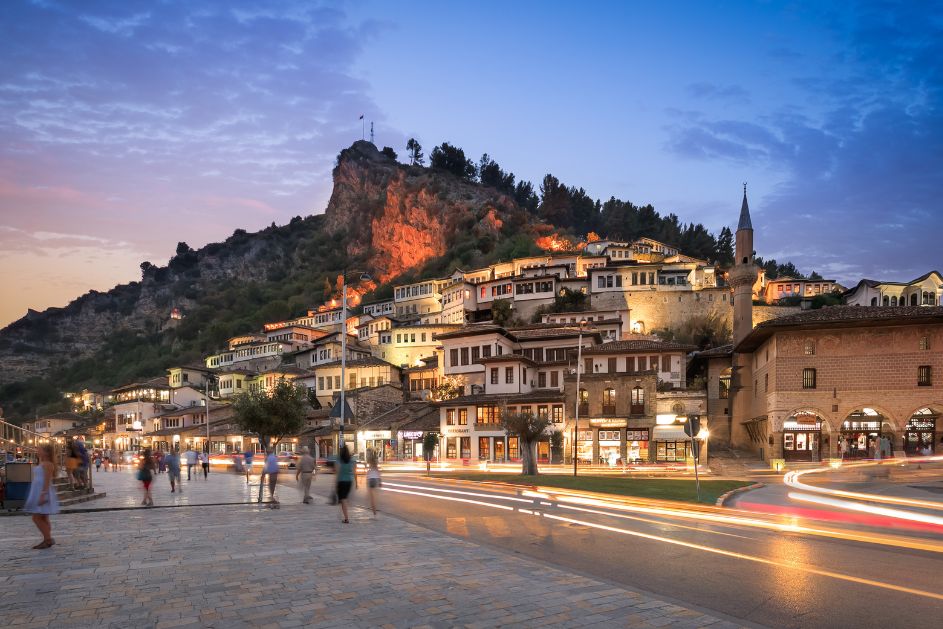
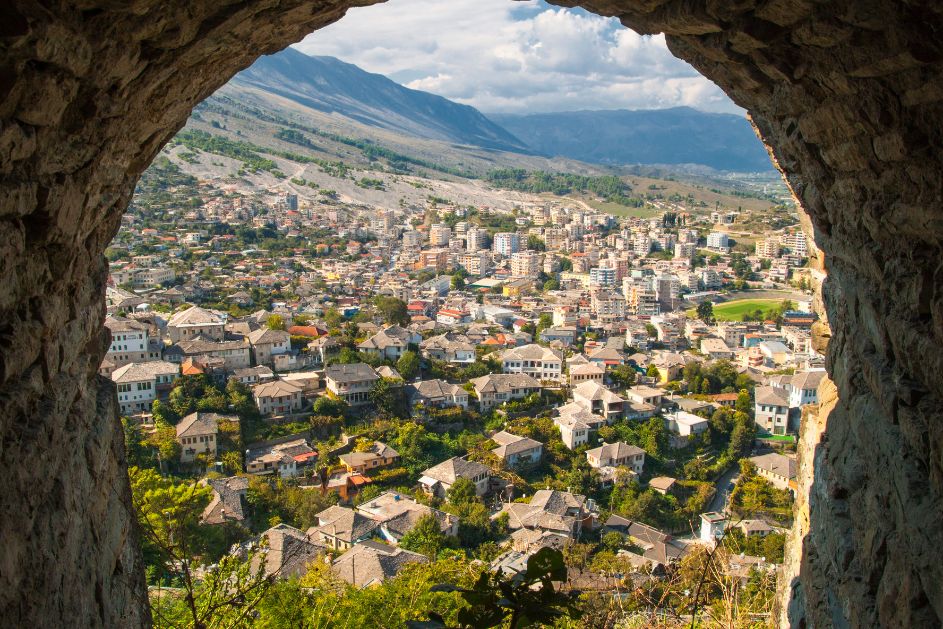
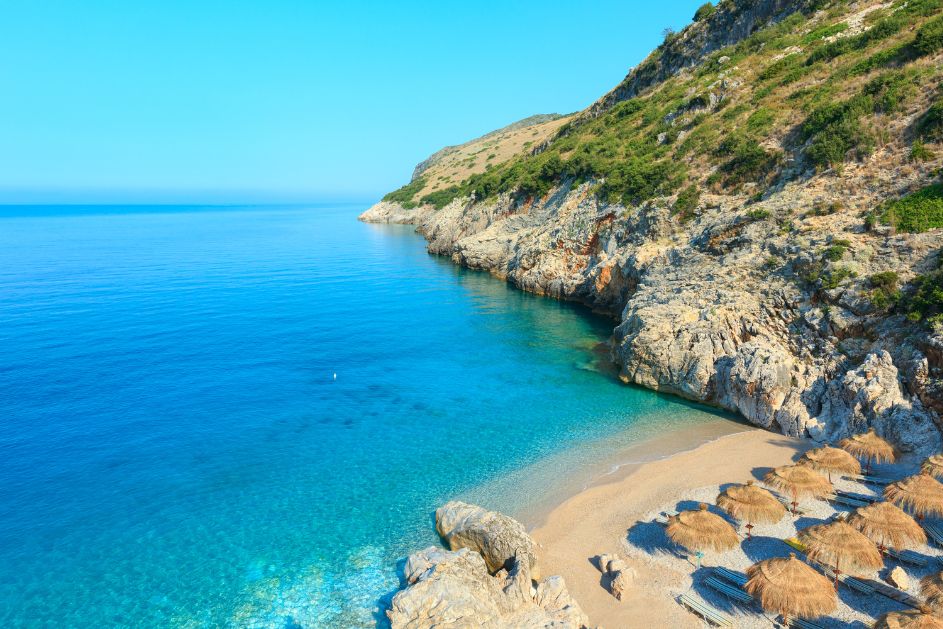
- In 2018 there were 1.4 Million Albanians living abroad, about half as many as those living in the country. Albanians left the country in search of a better life after the fall of the regime in 1991.
- Dictator Enver Hoxha declared Albania an atheist country in 1967 making it the first country to lay claim to atheism. Today, it is one of only three countries in Europe with a majority Muslim population.
- Albania is totally dependent on hydroelectric energy and is the world’s largest hydroelectricity producer.
- Albania has between 173,000 and 750,000 bunkers.These bunkers were built by the former dictator, Enver Hoxha as defensive structures in case of invasion by enemy governments which, at that time, were pretty much any other country. They were designed to withstand atomic and chemical attacks and sometimes built underground. As you would expect, they were never used.
- Tirana is full of street art installations and public art. Larger art expressions painted entire buildings or even streets, aided by the efforts carried out by the Mayor of Tirana to revitalise the city at a low cost (you can hear more about it at his TEDx talk). This contrasts with the lack of art experienced during Hoxha's regime. Since the 60s, Enver Hoxha banned all forms of art, even at university. Students would not see any more art pieces or paintings from the second half of the 19th century onwards. That means they could read about it, hear about it, but not see it.
Further reading: https://www.onceinalifetimejourney.com/inspiration/facts-about-albania/
Albania Travel tips
Socket type: C / F. Guide to socket types.
Weekend days: Saturday and Sunday.
Driving: Cars drive on the Right.
Local taxi apps: Speed Taxi, UPs Taxi, Taxi.AI.
Travel Guides: Lonely Planet, Bradt Guide.
Languages spoken: Albanian 99% (official - derived from Tosk dialect), Greek <1%, other <1% (including Macedonian, Romani, Vlach, Turkish, Italian, and Serbo-Croatian).
Basic words and phrases in Albanian:
Hello: Tungjatjeta (abbrev. tung)
Please: Ju lutem
Thank you: Faleminderit
Help: Ndihmë
Learn more Albanian with our favorite learning app Mondly.
More about Albania on Solo Female Travelers
Coming soon.Did you spot any errors? We do our best to keep this information updated and accurate, but things change. If you saw anything that is not right, let us know so we can fix it: [email protected].
About the Solo Female Travel Safety Index
Safety matters to solo female travelers, you told us so in our annual Solo Female Travel Survey, where year after year, women prove that this is their most important concern when traveling solo.
We wanted to do something about it, so we built these country-specific pages where you can find reviews and scores for 7 key variables affecting the safety of women traveling solo.
Variables
- Risk of scam
- Risk of theft
- Risk of harassment
- Attitudes towards women
- UK Travel Advisory
- US Travel advisory
- Global Peace Index (GPI)
Informing OSAC
The Solo Female Travel Safety Score is used by the Overseas Security Advisory Council for including safety concerns for women travelers in their country security reports; OSAC is a partnership between the U.S. Department of State and private-sector security community.
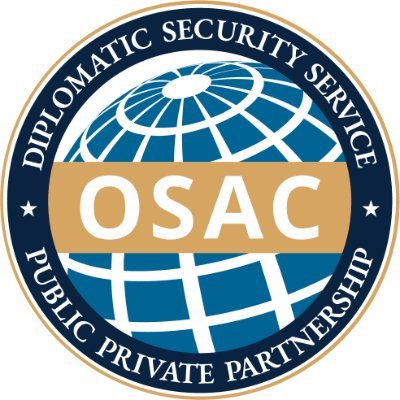
How to use the Safety Index
On this page, you will find the country score and the personal opinions on safety of other women traveling solo.
You can sort the comments by:
- The level of experience traveling solo of the reviewer (beginner = <5 trips solo, Intermediate = 5 to 10 trips solo, Experienced = >10 trips solo).
- The age of the traveler.
- Whether they are a visitor or local.
- The date they were posted.
The safety scores range from 1 to 4 with 1 being the safest and 4 being the most dangerous for solo female travelers.
Thus, the lower the score, the safer the country.
Looking for more safety resources?
This entire website is devoted to helping women travel solo. Check out the links below to learn more:
Solo Female Travel Stats: Results from the the largest, most comprehensive and only global research study on solo female travel trends, preferences and behaviors published.
Thanks to Jacobo Vilella for creating the Solo Female Travelers Safety Index ❤️

